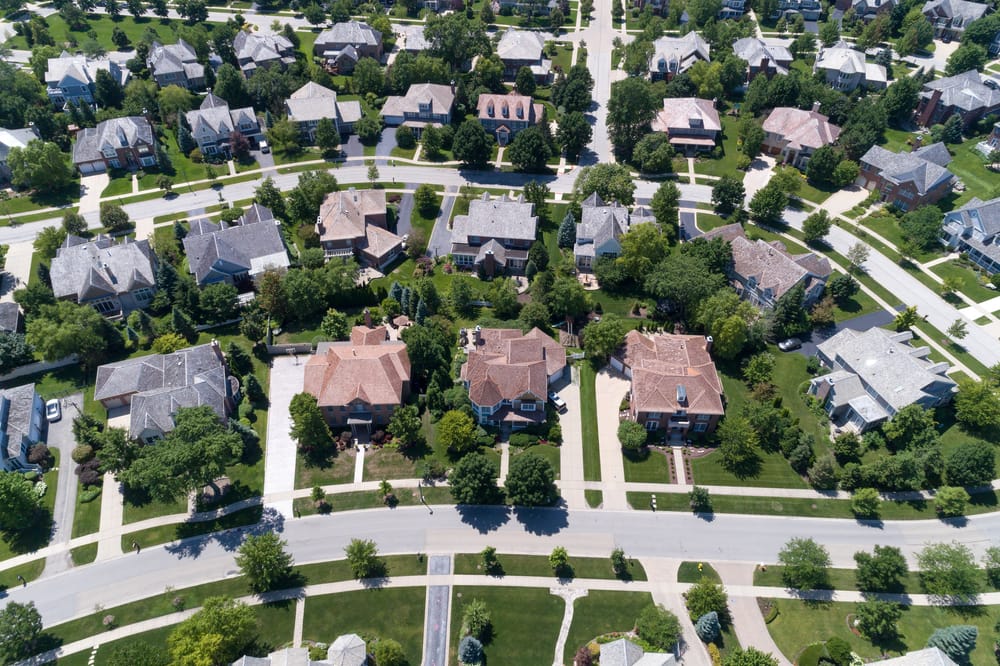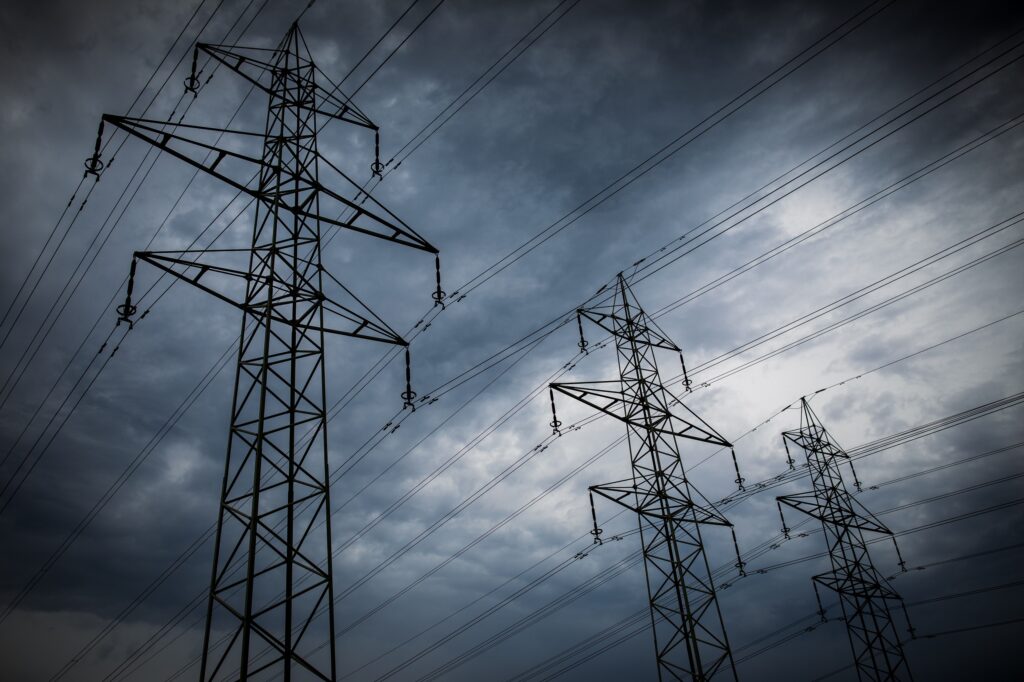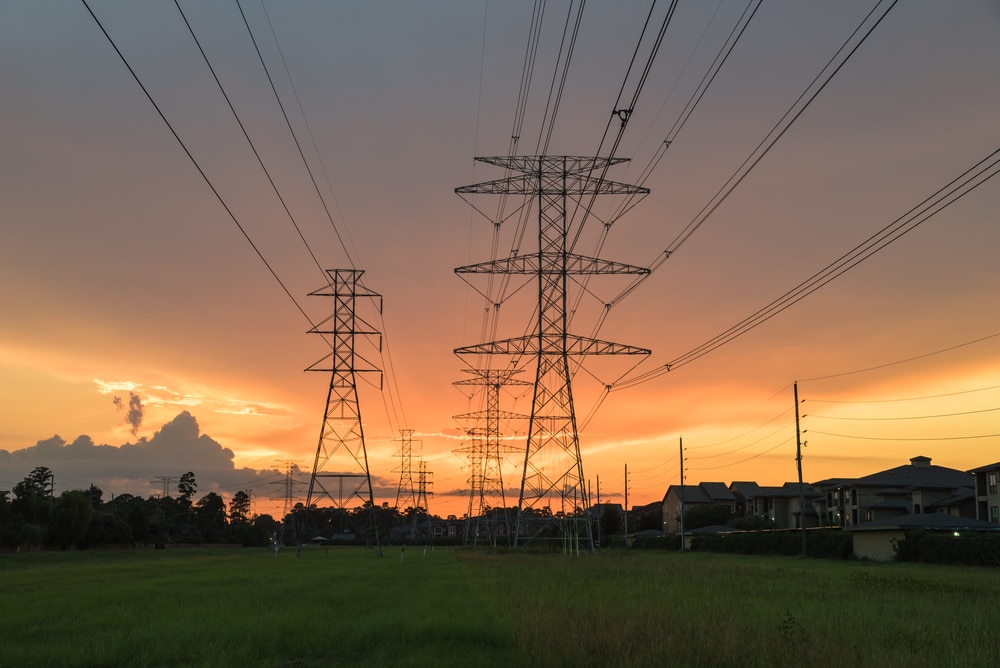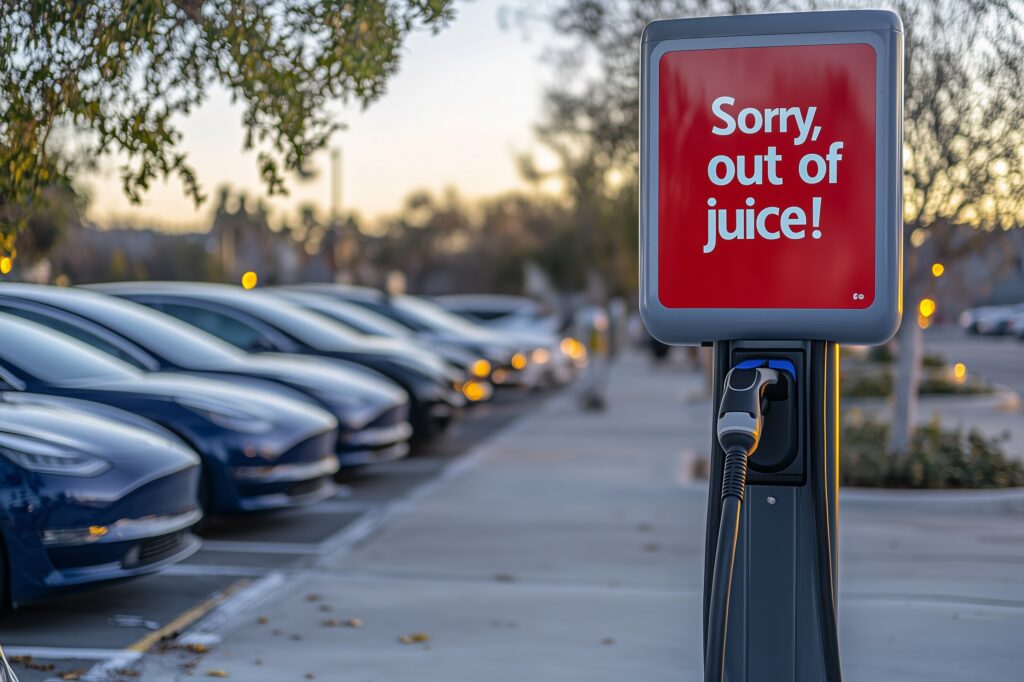MARCUM: COURT-PACKING PROPOSALS UNDERMINE JUDICIAL INTEGRITY
The Democratic primary race is well underway, and in addition to policy issues such as health care and climate change, the Supreme Court has emerged as a new plank of many candidates’ platforms.
One proposal in particular that is gaining support among White House hopefuls is increasing the size of the Supreme Court.
Democratic Sens. (and presidential candidates) Kirsten Gillibrand, Kamala Harris and Elizabeth Warren are reportedly open to the idea. South Bend Mayor Pete Buttigieg and former Rep. Beto O’Rourke have gone further, specifically endorsing some version of a plan that would expand the court to 15 justices — with five justices selected by both Democrats and Republicans and five others selected by the first 10.
For now, efforts at expanding the size of the Supreme Court are unlikely to succeed. Proposals by Buttigieg and O’Rourke, for instance, would require a constitutional amendment to rework the Appointments Clause. Plans to increase the number of seats through legislation would be similarly futile. Even if Democrats controlled the White House and both houses of Congress after the 2020 election, party leaders including Sen. Dianne Feinstein (D-Calif.) remain reluctant to embrace the idea.
Candidates pitching far-fetched reforms is an age-old and unremarkable phenomenon. Candidates do what they can to get attention, which is especially critical in crowded races. These court-packing proposals, however, may serve another purpose — as warning shots to the court not to cross certain lines.
Court-packing proposals aren’t exactly new, either. In the country’s early decades, the court grew from six justices to 10, shrunk down to seven and later settled at nine, where it has remained since 1869. President Franklin Roosevelt famously tried to change that in 1937. Frustrated with the court’s rejection of several New Deal reforms, FDR advocated expanding the court — under the guise of improving judicial efficiency.
Congress ultimately rejected his proposal, but Roosevelt enjoyed some residual success. Popular history speaks of “the switch in time that saved nine,” where the court’s newfound — and perhaps strategic — ideological shift resulted in new legal victories for the president, thereby preserving the nine-justice norm.
In reality, the court’s shift began before Roosevelt introduced his court-packing proposal. But the playbook nevertheless remains, and both the left and the right have used it in recent years. While Republicans have not endorsed the current court-packing scheme, their past instances of judicial intimidation include former Speaker Newt Gingrich’s proposal to have judges testify before Congress to explain unpopular decisions, as well as some Republicans’ calls to impeach judges who reach politically unfavorable results. The 2016 GOP platform even encouraged Congress to impeach judges who “unconstitutionally usurp Article I powers.” President Donald Trump himself has been particularly eager to hammer judges who rule against him.
Whether it’s court packing or impeachment, these warning shots damage judicial institutions. Presidents and politicians who threaten to change the foundations of the judiciary when they don’t get their way often force the court to play defense. But a gun-shy court is ideal for no one. A gun-shy court may chip away at certain unpopular precedents, but it may never do what sideline partisans wish due to a fear of political retaliation or a desire to protect the institution from further attack. A gun-shy court may be similarly hesitant to defy a president, a negative feature in the “resistance” era and for those frustrated with the growing powers of the executive branch.
There are recent examples of such hesitation. Following the harrowing confirmation ordeal surrounding Justice Brett Kavanaugh, for instance, the court’s current term has been relatively quiet. Indeed, some of the largest controversies of the term have concerned cases the court has declined to consider. In one instance, Justice Clarence Thomas took his frustrations public, suggesting that the court had declined to take a case about the Medicaid Act because “some respondents … are named ‘Planned Parenthood’” even though “the question presented has nothing to do with abortion.”
Criticism comes naturally to the courts. The inherent nature of legal disputes results in winners and losers. But when politicians try to intimidate the court — by threatening its structure or its status — they damage the very institution they claim to want to save.
Image credit: bakdc









